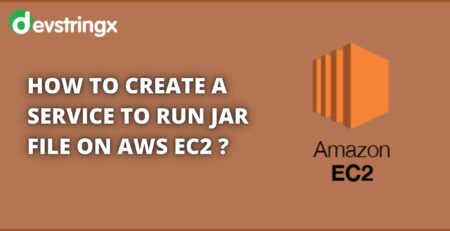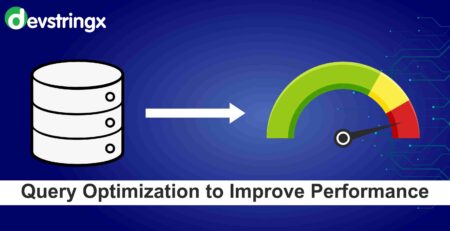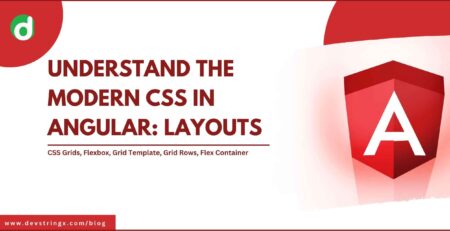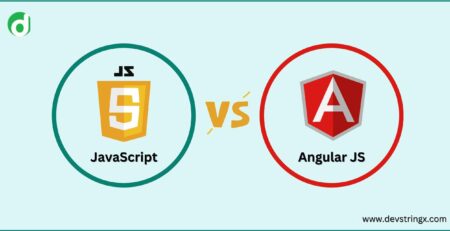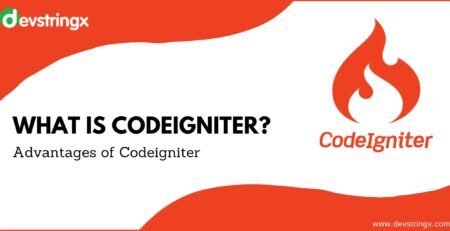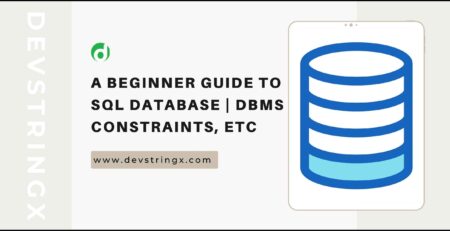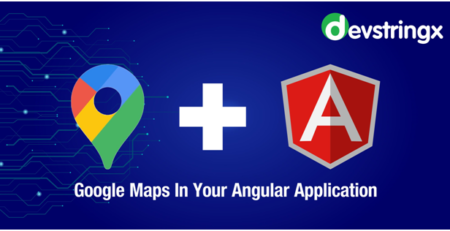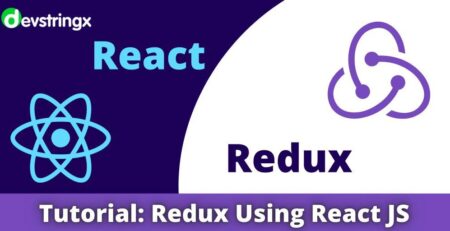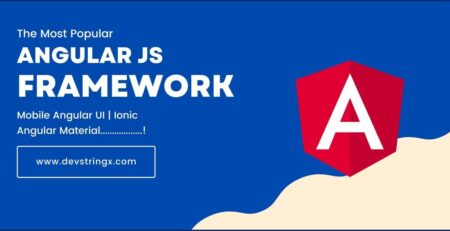Full Stack Vs Mean Stack Vs Mern Stack – Devstringx
If you’re considering a career in web development, you may be wondering what the difference is between full stack, mean stack, and modern stack development. While all three involve working with various web technologies.
What Do You Mean by Stack?
A stack, in computer programming, refers to a data structure that allows for two operations: push and pop. Push adds an element to the top of the stack, while pop removes the element from the top of the stack. The order in which elements are added to and removed from a stack is known as last-in, first-out (LIFO). This is in contrast to a queue, which is a first-in, first-out (FIFO) data structure.
In software development, a stack is often used to store information about function calls. The parameters of a function that is called are pushed onto the stack. When the function returns, its parameters are popped off the stack. As a result, a stack can be used to keep track of where a program is executing. It can also be used to store temporary variables.
There are many different types of stacks, each with its own advantages and disadvantages. Some common types of stacks include array-based stacks, linked list-based stacks, and object-oriented stacks. Array-based stacks are simple and efficient, but they are limited in size. Linked list-based stacks are more flexible, but they require more memory. Object-oriented stacks offer the best of both worlds: they are efficient and flexible.
No matter what type of stack you use, it is important to choose the right one for your needs. Stack overflow is a common problem in software development, so be sure to select a stack that will not cause problems for your program.
Full-Stack Development
Full-stack development refers to the development of both the front-end and back-end components of a website or web application. Front-end development deals with the design and functionality of the site or app that users will see and interact with, while back-end development handles the server-side processes and data.
Full-stack developers, therefore, need to have a good understanding of both front-end and back-end technologies. Some common front-end technologies used in full-stack development include HTML, CSS, and JavaScript. For back-end development, common technologies include PHP, Ruby on Rails, and Node.js.
As a full-stack developer, you have a lot on your plate. You need to be able to design and build websites, work with databases, and troubleshoot problems. It’s a lot of responsibility – but it can also be a lot of fun.
After all, where else can you say that you’re responsible for everything from the front-end interface to the back-end server? And while it can be challenging at times, it’s also incredibly rewarding to see your hard work come together in a finished product. So if you’re up for the challenge, full-stack development may just be the career for you.
Benefits of A Full-Stack
There are many benefits to being a full-stack programmer. For one, you have the power to switch between front-end and back-end development based on the needs of the project.
You also have a complete understanding of the design structure, which makes it easier to implement changes.
Additionally, full-stack programmers are often more cost-effective because you only need to hire one person instead of two.
Finally, full-stack programming is always up-to-date with the latest technologies, making it easy to upgrade your skills.
Mean Stack Development
Mean stack development is a variation of full-stack development that uses JavaScript for both the front-end and back-end components. The term “mean” in this context stands for MongoDB, Express.js, AngularJS, and Node.js – four popular open-source technologies that are often used together.
Because mean-stack development uses JavaScript throughout, it can be simpler and faster than traditional full-stack development. Mean stack developers also have the benefit of being able to reuse code, which can further speed up the development process.
Benefits of MEAN Stack
The MEAN stack is becoming increasingly popular for web development, and it’s not hard to see why.
For one thing, MEAN uses JSON everywhere, which makes life a lot easier for developers.
JSON is easy to read and understand, and it’s also easy to work with.
This means that MEAN is much more cost-effective than other web development frameworks.
In addition, MEAN is Open Source and cloud compatible, which makes it a great choice for companies that want to save money on web development costs.
Best of all, MEAN authorizes Isomorphic Coding, which means that you can easily switch between client and server-side coding.
This makes MEAN an ideal choice for those who want to develop single-page applications. So if you’re looking for a web development framework that is easy to learn and use, MEAN is a great option.
Recommended to Read- A Detail Guide On Mean Stack Development
Mern Stack Development
Mern stack development is similar to mean stack development in that it uses JavaScript for both the front-end and back-end components. However, the “Mern” in this context stands for MongoDB, Express.js, React, and Node.js.
Like mean stack development, mern stack development can be faster and simpler than traditional full-stack development. Mern stack developers also have the benefit of being able to reuse code, which can further speed up the development process.
Benefits of the MERN Stack
The MERN stack is a JavaScript stack that helps developers quickly spin up new web applications with ease.
The main benefits of the MERN stack are that it is easy to set up and comes with great community support.
Additionally, the React library gives developers access to high-end tools for building apps, and it supports the MVC architecture for a smooth development process.
However, one downside of the MERN stack is that developers must be experts in JavaScript and JSON to use it effectively.
Nonetheless, the MERN stack covers both the front-end and back-end development cycles with JavaScript, making it a popular choice among web developers.
How to Choose the Right Stack?
There is no one “right” stack for all web development projects. The best stack for your project will depend on your specific needs and goals. If you are not sure which stack to choose, there are a few things you can keep in mind:
- Your project’s requirements: What technologies does your project require? Make sure the stack you choose includes all of the technologies you need.
- Your team’s skills: What skills does your team have? Choose a stack that leverages the skills of your team.
- Your project’s budget: How much money do you have to spend on development? Choose a stack that fits within your budget.
- Your project’s timeline: How much time do you have to complete the project? Choose a stack that can be completed in the time you have.
No matter what stack you choose, make sure it is the right one for your project. The wrong stack can lead to problems down the road, so take the time to select the right one from the start.
I hope in this blog you got enough information on the Full Stack Vs Mean Stack Vs Mern Stack. If you are looking for experienced & certified developers to design & develop a highly attractive website/application so please drop us your query & get a free consultation call with our experts.


